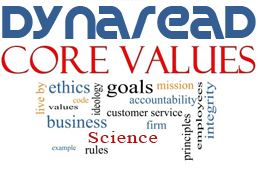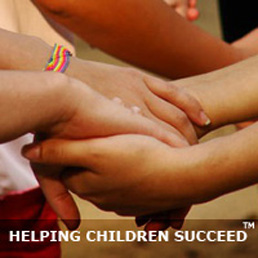by Mark T. Wallace, Thomas J. Perrault Jr, W. David Hairston, and Barry E. Stein.
Multisensory neurons and their ability to integrate multisensory cues develop gradually in the midbrain [i.e., superior colliculus (SC)]. To examine the possibility that early sensory experiences might play a critical role in these maturational processes, animals were raised in the absence of visual cues. As adults, the SC of these animals were found to contain many multisensory neurons, the large majority of which were visually responsive. Although these neurons responded robustly to each of their cross-modal inputs when presented individually, they were incapable of synthesizing this information. These observations suggest that visual experiences are critical for the SC to develop the ability to integrate multisensory information and lead to the prediction that, in the absence of such experience, animals will be compromised in their sensitivity to cross-modal events.
Mark T. Wallace, Thomas J. Perrault Jr, W. David Hairston, and Barry E. Stein. (2004) Visual Experience Is Necessary for the Development of Multisensory Integration. The Journal of Neuroscience, 9580-9584; doi: 10.1523/?JNEUROSCI.2535-04.2004.

![]() Our Dynaread team members are required to hold themselves accountable for serving our clients in adherence with our core values...
Our Dynaread team members are required to hold themselves accountable for serving our clients in adherence with our core values...
Contribute with scientific and overall integrity.
Retain the focus on the needs of each individual child.

Dynaread has been developed in the trenches of actual remediation, with our feet firmly planted on the ground. Scientific research is essential (and we consistently use it), but we also understand the realities at home and in school. Not all homes have two parents, not all Dad's or Mom's are always home, there is oftentimes no money, schools lack staff or funding. We listen, we observe, we discuss, and we build the best solutions we can for older (ages 7+) struggling readers.
